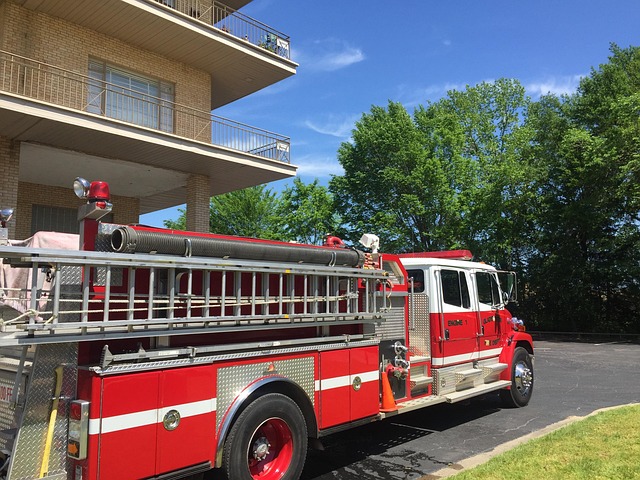 When a fire breaks out in an apartment building, the obvious concern is whether your own unit is directly damaged. But even if the flames never reach your door, the aftermath can still bring unexpected complications. Living in a multi-unit building means that what happens elsewhere can affect your home in subtle but significant ways. Understanding these risks can help you respond quickly and protect your property’s condition and value.
When a fire breaks out in an apartment building, the obvious concern is whether your own unit is directly damaged. But even if the flames never reach your door, the aftermath can still bring unexpected complications. Living in a multi-unit building means that what happens elsewhere can affect your home in subtle but significant ways. Understanding these risks can help you respond quickly and protect your property’s condition and value.
Smoke and Soot Infiltration
Smoke doesn’t respect walls or closed doors. Even a distant blaze can push fine particles and soot through ventilation systems, electrical conduits, and gaps around pipes. This residue can cling to walls, ceilings, and soft furnishings, leading to odors and potential respiratory irritation. Left unchecked, it may discolor surfaces or corrode electrical components.
Water Damage from Firefighting Efforts
When firefighters extinguish a blaze, the water used often seeps into adjacent units. Moisture may accumulate behind drywall, under flooring, or in ceiling cavities. If not dried thoroughly, these damp pockets can develop into hidden mold colonies or weaken structural materials over time. This makes a professional moisture inspection and remediation essential, even if you never saw flames.
Compromised Building Systems
A fire can disrupt shared systems such as electrical panels, sprinkler lines, gas pipes, or elevators. Damage to wiring or control panels may not be immediately visible but can pose safety hazards or result in intermittent power issues later. It’s wise to verify that all utilities have been inspected and tested before assuming everything is back to normal.
Air Quality Concerns
Long after the fire trucks leave, fine particles may circulate through central HVAC systems. Filters can become clogged with soot or debris, reducing their effectiveness and spreading irritants throughout the building. Upgrading or replacing filters and requesting a system-wide duct cleaning can greatly improve indoor air quality.
Insurance and Documentation
Even if your unit appears untouched, documenting its condition promptly is critical. Take photos, note any unusual odors, staining, or mechanical failures, and report these to building management and your insurance provider. Early records will support claims if problems emerge weeks or months later.
Steps You Can Take
-
Arrange for an independent inspection focusing on smoke, moisture, and electrical safety.
-
Request written confirmation from building management about repairs and system testing.
-
Replace HVAC filters and consider portable air purifiers temporarily.
-
Keep a detailed log of communications and observations.
Final Thoughts
A fire in your building creates a ripple effect that can reach your home in unexpected ways. By acting promptly—checking for hidden damage, ensuring system integrity, and documenting everything—you can protect your health, safety, and investment long after the flames are gone.

Recent Comments